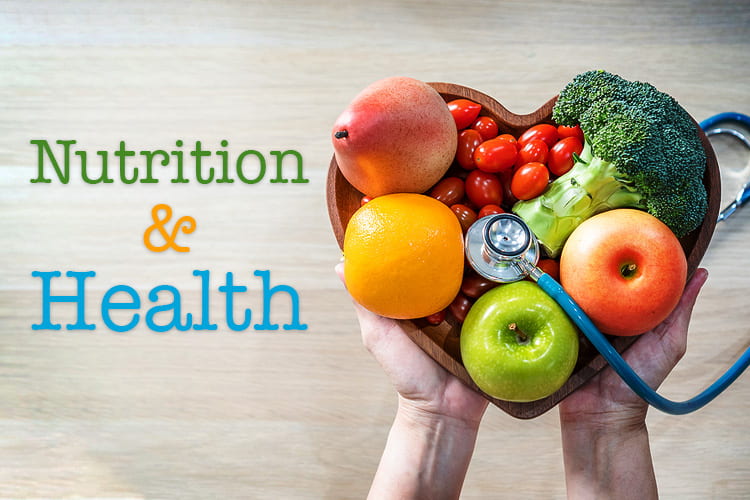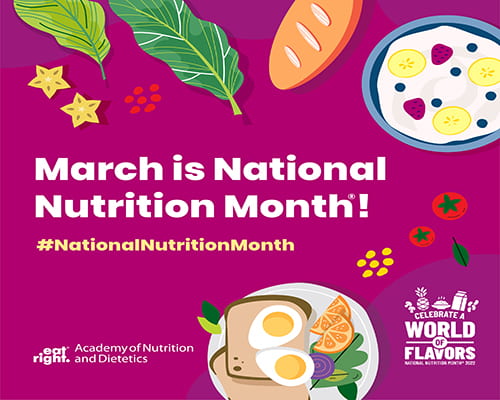While healthy eating is often considered complicated or challenging, it is actually very simple! Read on to learn about one simple rule to help you eat healthy at every meal. We also outlined several basic nutrition tips to assist you on your path toward better eating habits.
Here is the only rule you need: As Harvard ‘s Nutritionists suggest, at each meal, strive to make half your plate fruits and vegetables, one-quarter protein, and one-quarter grains.
- Fill half your plate with fruits and veggies. A diet rich in fruits and vegetables is key to maintaining a healthy body, as these foods are high in fiber, full of vitamins and a source of healthy carbohydrates. Try to eat fruits and vegetables of varying color for greater nutritional benefit.
- Aim for a quarter of your plate at each meal to be a grain. These foods are carbohydrates, the main source of energy for your body. Make half your grains whole grains for added nutritional benefit. Limit refined grain products such as white bread, baked goods or other sweets.
- Make protein one quarter of your plate at each meal. This macronutrient is essential to the building, maintenance and repair of body tissues including skin, organs and muscles. Choose proteins wisely. Seafood, lean meats, poultry, eggs, nuts and beans are all excellent sources of protein. Limit certain proteins like fatty cuts of beef, pork and high-fat dairy products.
Be smart about beverages so that you reduce unnecessary calories and sugar.
- Drink more water. Water provides hydration with no calories, fat or sugar.
- Limit milk/dairy to 1 to 2 servings per day; choose options that are low in fat.
- Avoid sugary beverages like those made from powdered mixes, fruit punch, lemonades, sweetened iced tea, soda, etc.
Don’t forget about healthy fats! While fats often get a bad reputation, there are certain types that are essential components of a healthy diet.
- Eat foods high in healthy monounsaturated fats, polyunsaturated fats and omega-3 fatty acids like nuts, fish and oils such as olive and canola oil.
- Limit foods that are high in saturated fats and trans fats such as those found in animal products, butter or hard margarine, and baked goods.
If you’re not doing so already, now is a great time to start thinking about what foods go on your plate and whether your meals are comprised of foods from all the major food groups. You can also check out more nutrition resources from Health Advocate.






